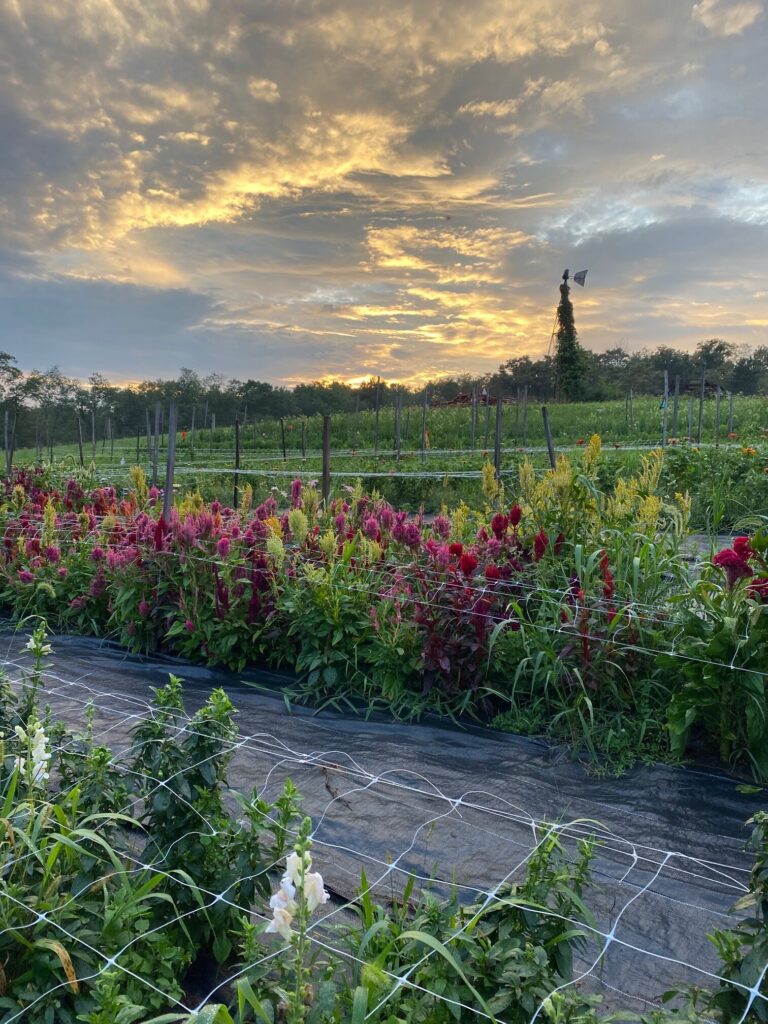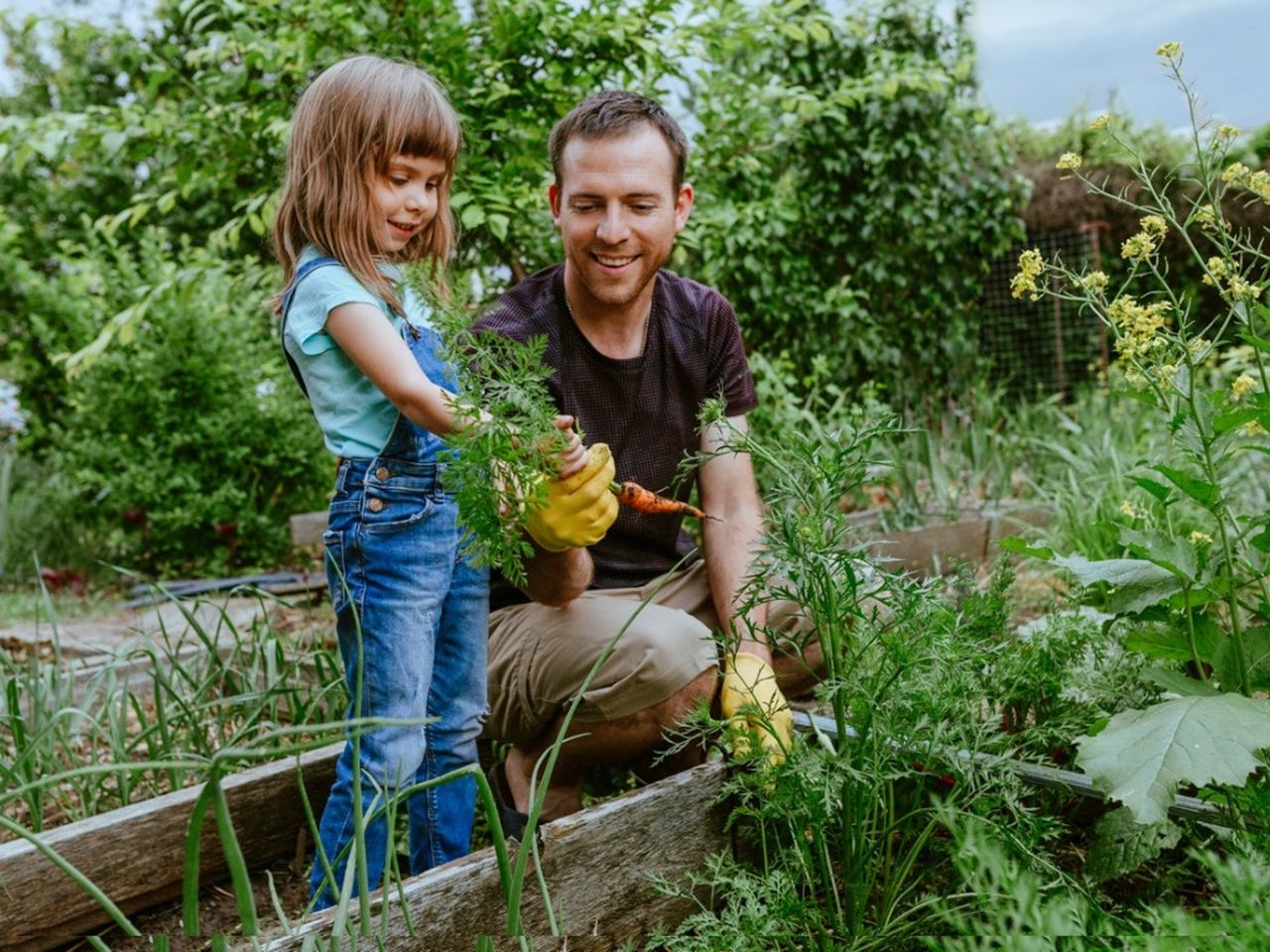Handy Tools and Hacks for Homestead Gardening
Handy Tools and Hacks for Homestead Gardening
Blog Article
Learn Just How to Cultivate a Flourishing Gardening Environment for All Ability Degrees
Producing a flourishing yard is a diverse endeavor that can be embraced by people at any skill level. By taking a look at essential components such as dirt health and wellness, proper plant selection, and seasonal care regimens, one can develop a sustainable horticulture practice that generates enjoyable results. Recognizing how to evaluate and improve your yard room lays the structure for success. The intricacies of implementing these concepts commonly existing challenges that can hinder even the most enthusiastic novice. What strategies can be utilized to overcome these barriers and foster a truly growing setting?
Comprehending Your Yard Area
In the world of horticulture, comprehending your yard space is extremely important to cultivating a prospering landscape (Homestead Gardening). The first step in this endeavor includes evaluating the certain features of your plot. Elements such as dirt structure, sunlight exposure, and water drainage play important functions in determining the suitability of your yard for numerous sorts of plants
Begin by carrying out a soil examination to assess pH levels and vitamins and mineral web content, which will notify any type of needed changes. In addition, observe just how much sunshine your space gets throughout the day. Different plants have differing light demands; some flourish completely sun, while others prefer partial or complete shade.

Lastly, review the readily available space and plan accordingly. This includes thinking about plant heights and infected guarantee appropriate room for development without overcrowding. By gaining an extensive understanding of your garden space, you set the structure for an effective gardening experience.
Selecting the Right Plants
Selecting the right plants for your garden calls for careful consideration of different factors, including environment, dirt conditions, and personal preferences. Start by evaluating your neighborhood climate, as details plants prosper specifically temperature level varieties and climate patterns. For example, exotic plants might not endure in colder regions, while sturdy perennials can hold up against extreme wintertimes.

Consider your personal preferences, consisting of aesthetic appeal and maintenance levels. Decide whether you like vibrant blossoms, lush foliage, or edible plants. In addition, consider the moment and effort you are willing to purchase plant treatment, as some ranges require more interest than others.
Last but not least, assume about the garden's layout and light direct exposure. Sunshine patterns throughout the day will affect your selections-- some plants require complete sun, while others grow in shade. By thoughtfully evaluating these elements, you can develop a unified and productive yard tailored to your atmosphere and tastes.
Essential Horticulture Tools
A fully equipped gardener can considerably boost their horticulture experience and results. Important gardening tools are fundamental to growing a successful yard, no matter ability degree. A durable spade is vital for digging and turning soil, while a trowel allows for accurate growing and hair transplanting of smaller sized plants.
Trimming shears are essential for maintaining plant wellness by removing dead or thick branches, promoting better air blood circulation and development. Additionally, a hand rake serves for clearing debris and freshening the dirt, making sure optimum conditions for plant roots.
Gardening gloves secure hands from thorns, chemicals, and blisters, making them an essential accessory. A watering can or tube with a flexible nozzle ensures that plants obtain appropriate moisture without overwatering.
Lastly, take into consideration purchasing a tough wheelbarrow for moving dirt, plants, and tools around the garden effectively. By putting together a high quality toolkit that includes these important items, gardeners can tackle various tasks with confidence and ease, paving the Visit This Link way for a thriving gardening setting. Keep in mind, the right tools not just boost effectiveness yet also boost the general enjoyment of the horticulture procedure.
Dirt Prep Work and Upkeep
Quality soil is the foundation of an effective garden, making proper preparation and upkeep important for healthy plant growth. Based on the examination results, changes can be made to maximize dirt conditions for particular plant requirements.
Integrating organic matter, such as compost or well-rotted manure, is important for improving dirt structure and fertility. This not just enhances nutrient schedule however also promotes useful microbial task. In addition, correct drainage is crucial; hefty clay dirts may require the enhancement of sand or perlite to improve oygenation.
Routine maintenance of dirt health and wellness includes mulching, which preserves wetness and reduces weeds. Revolving plants each year aids prevent nutrient deficiency and reduces bug and condition dangers. It is also vital to prevent over-tilling, which can interfere with dirt framework and damage beneficial microorganisms.
Inevitably, a consistent commitment to soil preparation and maintenance will certainly lead to a growing yard, making certain that plants obtain the essential nutrients they require for durable growth and efficiency.
Seasonal Care and Management

In spring, focus on growing new seeds and seedlings, while likewise conducting soil examinations to amend nutrient deficiencies. Consistently look for diseases and pests, as these can multiply with the warming climate. Summertime demands constant watering and mulching to maintain wetness, in addition page to trimming for better air flow.
As autumn approaches, it's time to prepare the yard for dormancy. This includes gathering plants, cleaning up particles, and applying a layer of mulch to shield plant roots from frost. Take into consideration growing cover plants to enhance the dirt throughout the winter season months.
Inspect structures like greenhouses for damages and ensure proper insulation for sensitive plants. By adjusting your horticulture methods to the seasonal cycles, you can cultivate a flourishing environment that sustains plant health year-round.
Verdict
To conclude, cultivating an effective yard requires a comprehensive understanding of essential principles such as dirt structure, sunlight exposure, and ideal plant option. Carrying out efficient soil preparation and maintenance methods, together with utilizing the right devices, fosters an optimum growing environment. Routine seasonal care and administration techniques further improve plant health and productivity. By sticking to these fundamental standards, people in all skill degrees can accomplish a growing garden that contributes to both aesthetic enjoyment and ecological sustainability.
Selecting the right plants for your garden requires mindful factor to consider of numerous factors, including environment, dirt conditions, and individual choices. Conduct a soil test to determine pH degrees and nutrition material, which will certainly lead you in picking plants that will certainly thrive in your yard.Lastly, think about spending in a sturdy wheelbarrow for moving soil, plants, and devices around the yard successfully.Quality soil is the structure of an effective garden, making correct prep work and upkeep vital for healthy and balanced plant growth. Homestead Gardening.In final thought, growing an effective garden needs a comprehensive understanding of necessary concepts such as dirt structure, sunshine direct exposure, and suitable plant option
Report this page